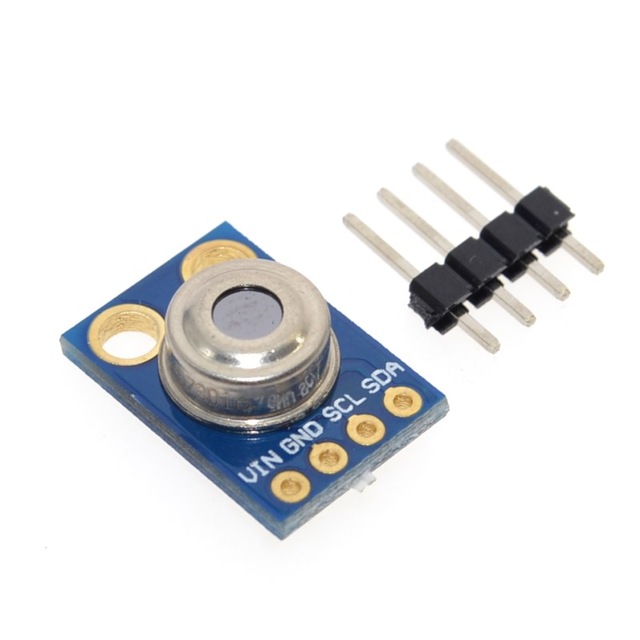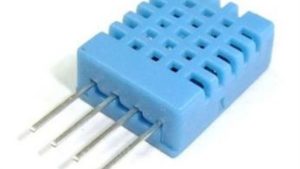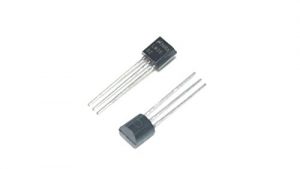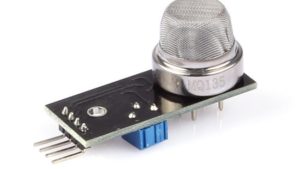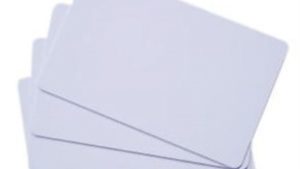Description
MLX90614ESF-AAA is an infrared thermometer designed for non-contact temperature sensing.
Features
- Factory calibrated
- -40 to +85°C for sensor temperature
- -70 to +380°C for object temperature
- SMBus compatible digital interface
- Customizable PWM output for continuous reading
- High accuracy of 0.5°C over wide temperature range (0 to +50°C for both Ta and To)
- Measurement resolution of 0.02°C
- 4.5V~5V power supply
Getting started with MLX90614 Module with Arduino UNO
In this tutorial we are going to interface MLX90614 Module with arduino UNO so that we can print the Object temperature and Ambient temperature of the place, so before getting started as the description of Module states this module use the infrared theory to measure the temperature of the board in front of it. which means that there is no contact between the object and the module that’s why it also a contact less thermometer, so let’s get started
Step1: Hardware required
Step2: Connecting the hardware
You can choose to connect sensor I²C pin to arduino SCL, SDA or arduino pin A4,A5 they have the same function. Make sure use 3.3V for 3.3V module type. Because it will damage if connected to 5V.
| MLX90614 MODULE | ARDUINO UNO PIN |
| VCC | 3.3V |
| GND | GND |
| SDA | A4 |
| SCL | A5 |

Step3: Setting up the Library
So in order to interface the MLX90614 module with the arduino, Adafruit has made the library the makes things easier so if you don’t have the library you can download it here. after downloading the library install it by extracting it in arduino library folder. As shown below

Step4: Uploading the sample sketch
go to File>examples>Adafruit MLX90614 library>mixtest. as shown below,

after opening that sketch connect the arduino on the computer and make sure the Board and port are correct by going to Tools tab.
Step5: Testing the circuit
After uploading open the serial monitor(top right corner) you will see the ambient temperature both in fahrenheit and celscius unit. try to up an object in front of the module and you will see the temperature of that object as shown on the image below


Now we have finished our task!! you can do many thing with this module for example thermometer, robots,…
Step4: Documents
download the library here

